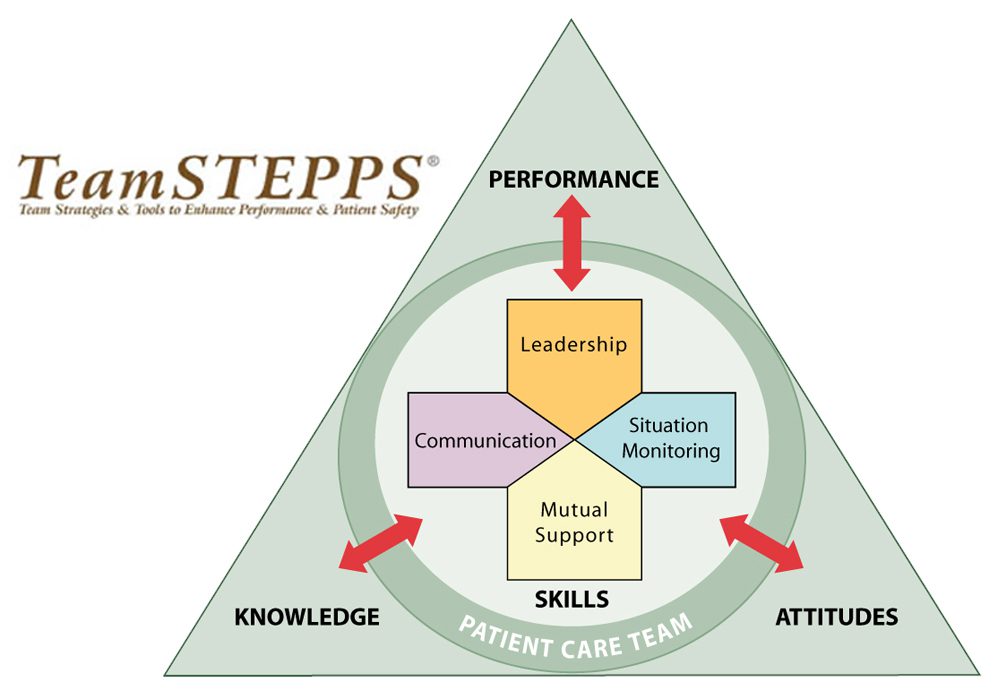Medical simulation games are interactive games used in teaching institutions, hospitals, and clinics worldwide to educate medical professionals, reduce medical errors, and improve patient outcomes. The games provide a safe and controlled environment in which healthcare practitioners can practice and improve their skills without risking real patients. Medical simulations use a range of tools, such as virtual reality, manikins, task trainers, and role-playing. Simulations such as virtual reality surgical simulation, manikin simulations for CPR training, and role-playing simulations for communication skills training improve healthcare providers’ skills, communication, and teamwork while reducing the risks associated with practicing on real patients.
The Science of Medical Simulation Games: Improving Patient Outcomes
Medical simulation games have become increasingly popular over the last few decades, and for good reason. These games provide medical professionals with a safe and controlled environment in which to practice and improve their skills without any risk to real patients. Medical simulation games are being used in teaching institutions, hospitals and clinics worldwide, as a tool for improving patient care and reducing medical errors.
What are Medical Simulation Games?
Medical simulation games are interactive games, designed to mimic real-life medical scenarios or procedures with the aim of educating and training healthcare professionals. These games use a range of tools to create a simulated environment, including virtual reality, manikins, task trainers and role-playing.
Virtual Reality Simulations
Virtual reality simulations are computer-generated 3D environments, where the user can interact with a virtual world in real-time. Virtual reality simulations are used in medical training and education to re-create real-life scenarios where medical professionals must interact with patients, practice surgical procedures or make medical diagnoses.
Manikin Simulations
Manikin simulations are anatomical models, used in medical training to simulate human anatomy, physiology and pathophysiology. These manikins come in all shapes and sizes, from simple task trainers like IV insertion or suturing models, to full-body manikins that are programmed to simulate breathing, blood pressure or even vomiting.
Role-Playing Simulations
Role-playing simulations are interactive training tools, where students are given a specific role to play in a medical scenario. These roles can range from a patient, a family member or a healthcare provider, and are designed to promote communication and teamwork among medical professionals, while also helping them to develop critical thinking and problem-solving skills.
How do Medical Simulation Games Improve Patient Outcomes?
Giving medical professionals a chance to simulate real-life scenarios improves their ability to react to unexpected events or emergencies. The use of simulation games also helps medical professionals to identify and address knowledge gaps, build communication and teamwork skills, and gain experience in clinical procedures without putting real patients at risk. By improving the skills of healthcare providers, medical simulation games help to improve patient safety, reduce medical errors, and ultimately improve patient outcomes.
Examples of Medical Simulation Games in Practice
Virtual Reality Surgical Simulation
Virtual reality surgical simulations have been used to train surgeons in laparoscopic surgeries. These simulations can help surgeons learn new techniques, perform better and faster during surgeries, and ultimately improve patient safety and outcomes.
Manikin Simulations for CPR Training
Manikin simulations are widely used in cardiopulmonary resuscitation (CPR) training. These simulations provide hands-on practice in the correct technique for administering chest compressions, rescue breaths, and using automated external defibrillators (AEDs) in emergency situations.
Role-Playing Simulations for Communication Skills Training
Role-playing simulations can be used to train healthcare providers on effective communication skills. These simulations focus on scenarios where effective and empathetic communication is essential, such as breaking bad news, discussing end-of-life care, or delivering sensitive information to patients and their families.
Conclusion
Medical simulation games provide an effective and safe way for healthcare professionals to improve their skills, communication and teamwork, while reducing the risks associated with practicing on real patients. The use of simulation games in medical education and training not only benefits healthcare professionals but also patients, by improving safety and ultimately, patient outcomes. As technology continues to enhance the medical simulation industry, it is likely that simulation games will continue to become an essential tool for healthcare education and training.
